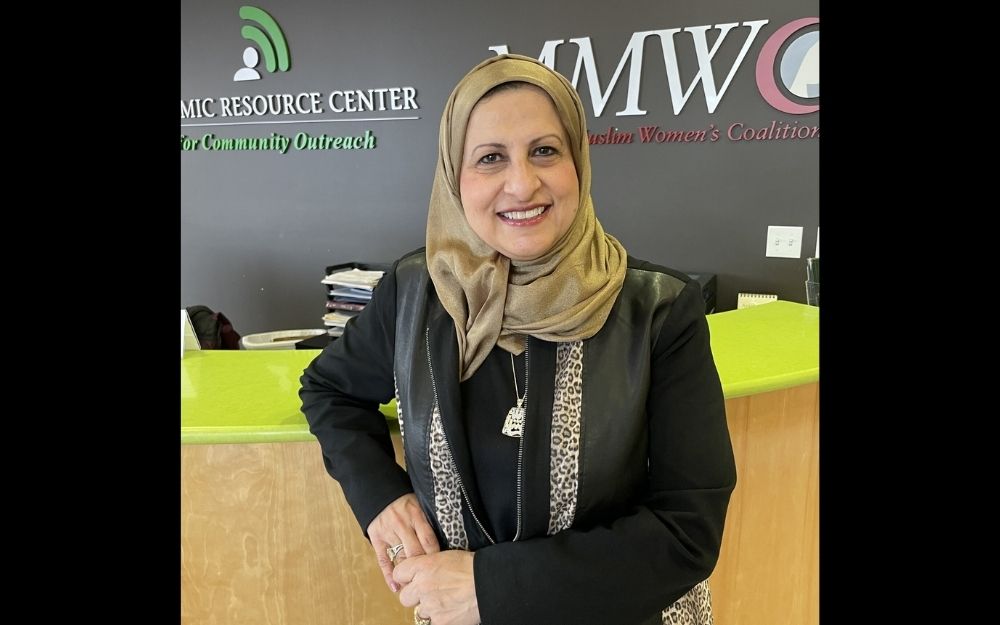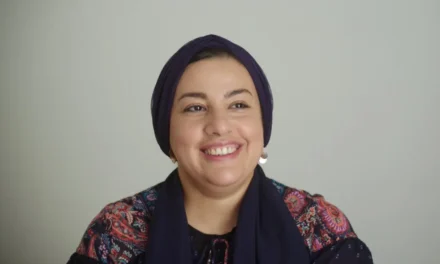Janan Najeeb
The redistricting process of Milwaukee’s aldermanic maps came to a close after months of intense deliberation. In December, former Mayor Tom Barrett vetoed the map after members of the Latinx community raised concerns on representation and community input.
However, maps presented by local Latinx community groups, Forward Latino and Voces de la Frontera were rejected by the Milwaukee Common Council’s Judiciary and Legislation Committee after the city’s attorney’s office deemed them legally unenforceable. So these community maps were not seen by the entire common council.
Due to the statutory deadline to approve the maps in late January, acting Mayor Cavalier Johnson approved the previously vetoed aldermanic district maps. However, not everyone felt represented in any part of the process.
Janan Najeeb is the president of the Milwaukee Muslim Women’s Coalition and the director of the Islamic Resource Center. Najeeb wrote an opinion piece in the Milwaukee Neighborhood News Service, voicing the need for representation of the Milwaukee Muslim community, especially in the 13th District.
Najeeb explains that currently, the census doesn’t take into account religion, yet Milwaukee’s Muslim community is diverse and expansive. The census encourages people who consider themselves Arab to fill out their form as white.
She says that this can lead to a lot of confusion, considering that the word Muslim can be used as a catchall word for many —individuals could come from a wide range of 22 diverse Arab countries.
Najeeb says all of these factors were taken into consideration when making and presenting the Muslim map to the common council. “When we presented our map, we based it really on data that we have from the number of people that attend our events. Based on the addresses that the different organizations and centers have of community and community families, that’s really how we came up with it, but it definitely didn’t come as a result of the census,” she explains.
Properly categorizing the different groups within the Muslim identity means breaking down the Muslim category. The MENA category, which is Middle Eastern North African, was not included in the census, Najeeb says. It was promised to be on the form during the Obama administration but was put on pause once President Donald Trump took office.
The disconnect between how Muslims are being counted and how they see themselves can lead to major underrepresentation, Najeeb says. There is no doubt that the Latino community had good faith in their efforts in making their maps, she says, they just weren’t cognizant of the Muslim community because leaders based their information on the census.
“We had to go back to the leaders in our community. We know that this particular zip code, the 53221 zip code, has the highest concentration of Muslims in the state of Wisconsin. And so that the 13th District is really one of the most diverse districts in all of Milwaukee,” says Najeeb.
Ensuring that all Milwaukee residents are represented includes actively having conversations with community leaders, she says. While there has been a myriad of conversations about how the maps would be redrawn, there has to be recognition that different groups are looking to be represented differently, Najeeb says.
It’s important for minority groups to work closely together, she says. “The Muslim community and the Latino/Latinx community have been close allies for decades. We have worked very closely together. I think that by further discussion, we can eventually find common ground, where it will be representative and beneficial to both. Meanwhile, I think all of us will need to campaign to include MENA in that category,” she says.














